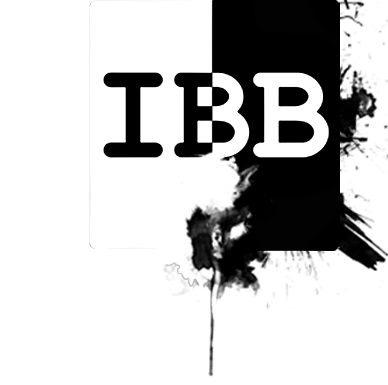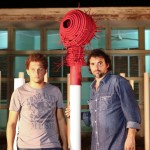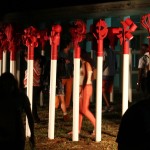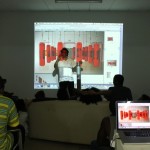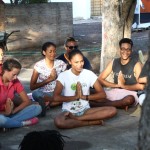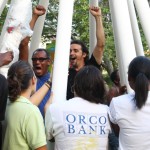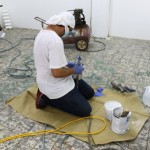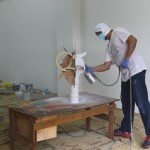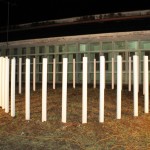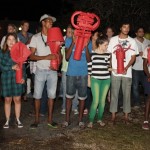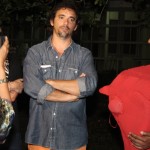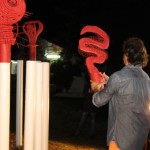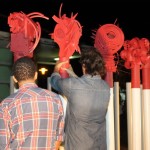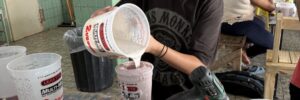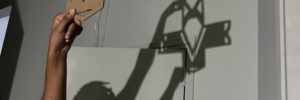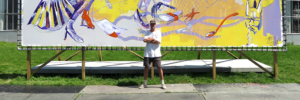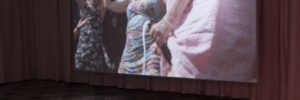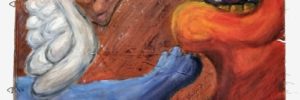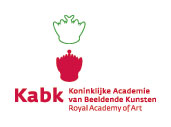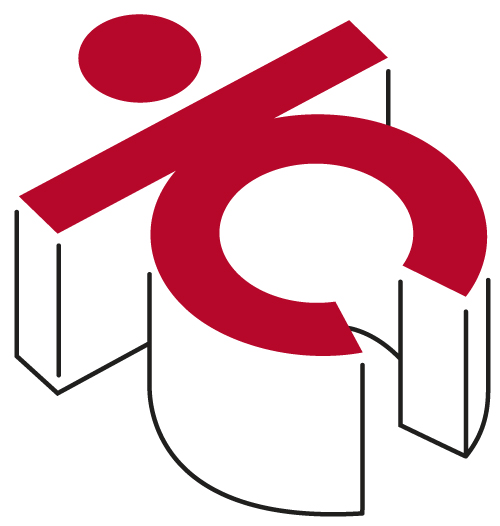3 Nov 2014 | 3,233 views
Antuan artworks can slip simultaneously through two perspectives of time. On one angle he bears the complex circumstance of our present, the contradictory story of Western history where we are today. At the same time, he collects fragments from a mangled past excluded by history, creating objects and installations of unstable harmony. For him, the work of art hold no utopias but ideas made real and imposed on the world through the temporary harmony of art.
His creative vision is inserted within the post-contemporary art movements redefining what to be an artist means. Linked to other areas of creation and production, Antuan takes initiatives in innovating how an artist communicates.
The current art context holds the gone term of the artistic vanguards, the repeatable contradictions of post-modernism, and the emergence of the curator re-shaping authority over the artist’s creativity and demographic shifts. Antuan’s proposal then is observed in a broader context of analysis were a predictable anticipated expression is not to be expected. Change, experimentation and crossed directions are part of Antuan’s strategies in his process of thinking and producing contemporary art.
With a saturated system of information and exposure, but restrained to a rigid vision of the contemporary, art is usually marked in this day by patterns of fashion and market trends under the umbrella of globalism. In many ways, Western contemporary art acts under a vision of pre-endorsed art-world players. Art has accelerated its moving forward and hardly looks back at history understood as vital reference method to not repeat mistakes.
Within this context, his approach to the creative process moves toward a complex field of crossed conceptual perspectives, combining art history, anthropology and history he provides an expanded approach to contemporary art.
The artist’s strategies that produced significant changes in art and society, the practical utilization of art and the changing role of artists during the renaissance seem to be present in Antuan’s methods of work. In constant change and multiple experimentations, with not a specific pattern or line of artwork, sometimes critics, scholars and curators have great difficulty comprehending the specific nature of his artistic conception and its aesthetic effectiveness.
For the viewer, to define in his work which parts belong to the artwork and which does not is often difficult, obliged then to develop a new descriptive vocabulary and an open theory of interpretation. His work has to be observed not from the current perspective of individual analysis of the artwork but as a complex of successive works. Each in relationship between objects in a world conceived as a system.
The space that ANTUAN has conquered takes the shape of a proposal of a method, an unplanned restitution of power to the artistic discipline. In a context where the art market seems to be melting the limits defining artistic creation, Antuan holds an entire universe for himself; he explores it and understands it.
To write about ANTUAN is always a challenge. Between the simple complexities of the whole in his works, or rather the intuitive accessibility that he induces in various levels of the work’s interpretations. We then find indisputable beauty in his art as well as the roughness of certain objects that compose them. The slow work of time, of history and places that the artist has accumulated during his journey, make the magical dimension of his objects emit distinct energetic healing qualities. Antuan combines with mastery healing and the invention of visual metaphors.
Jorge Gutierrez, Curator and director of Miami triennal.
